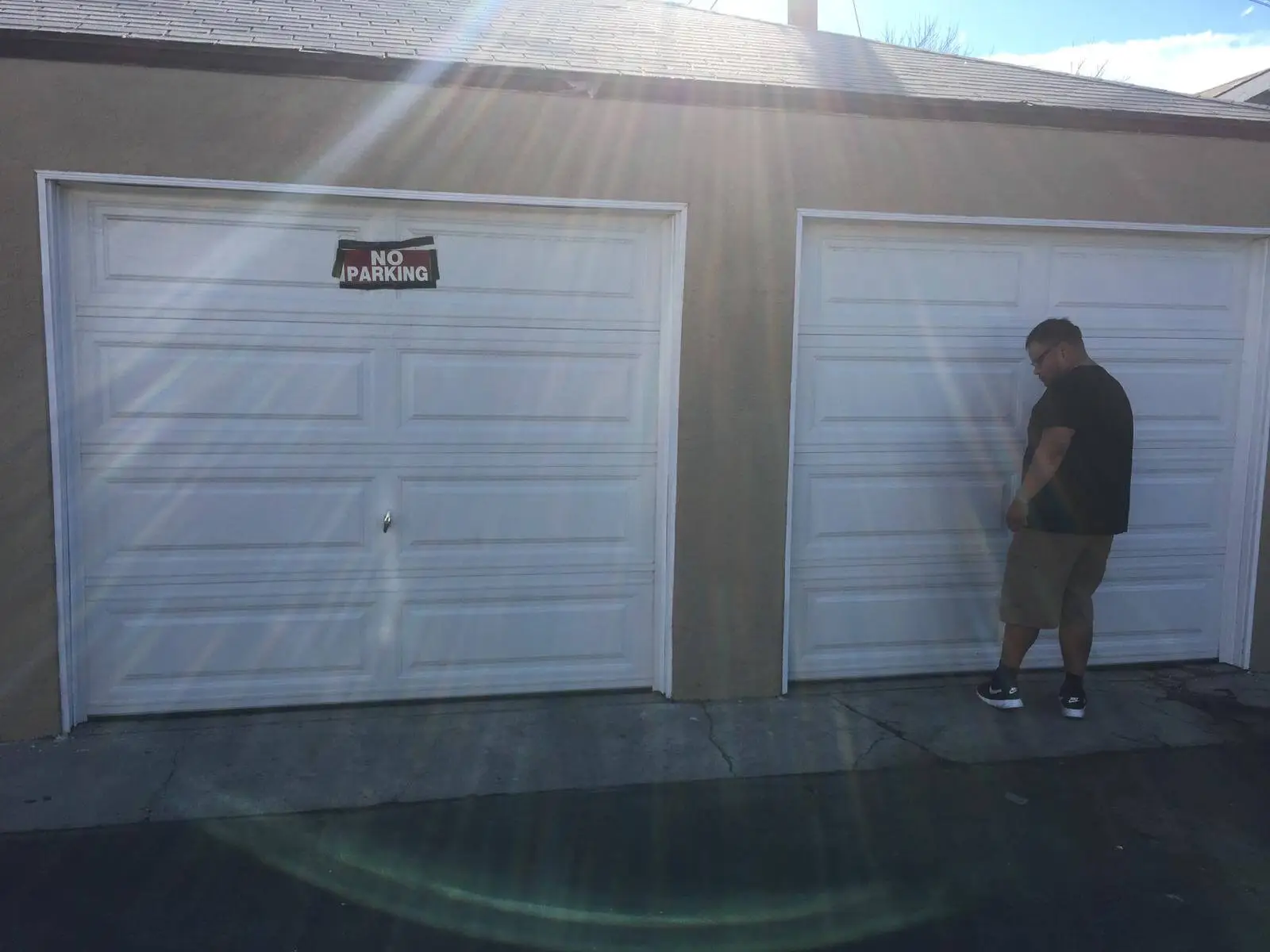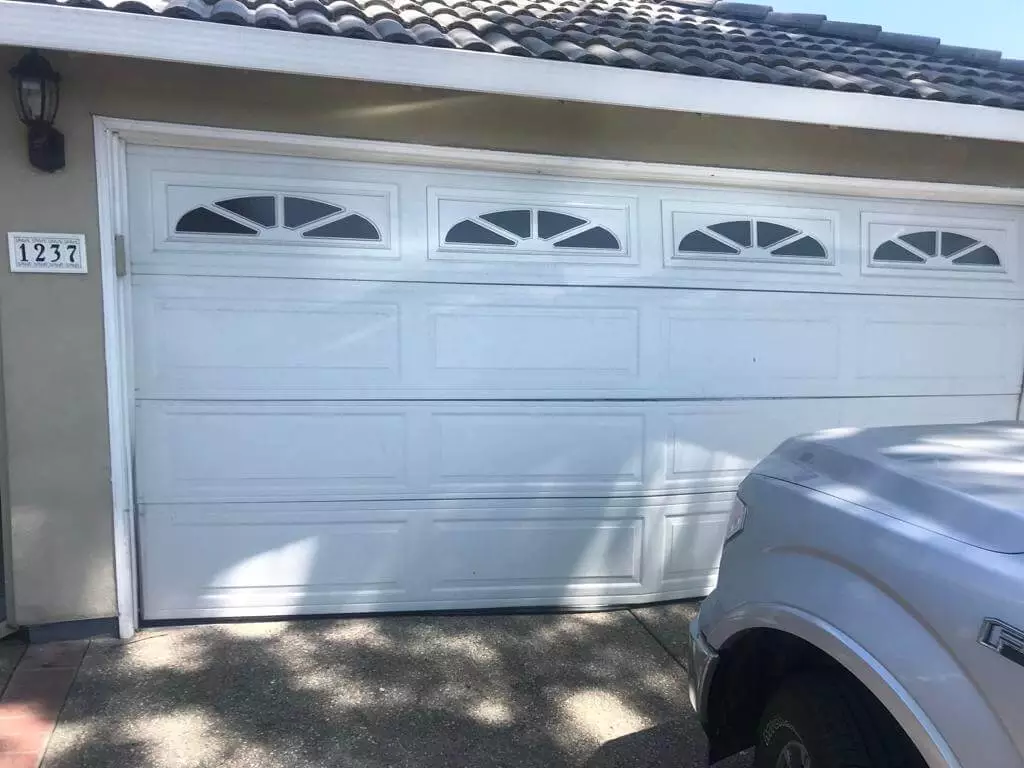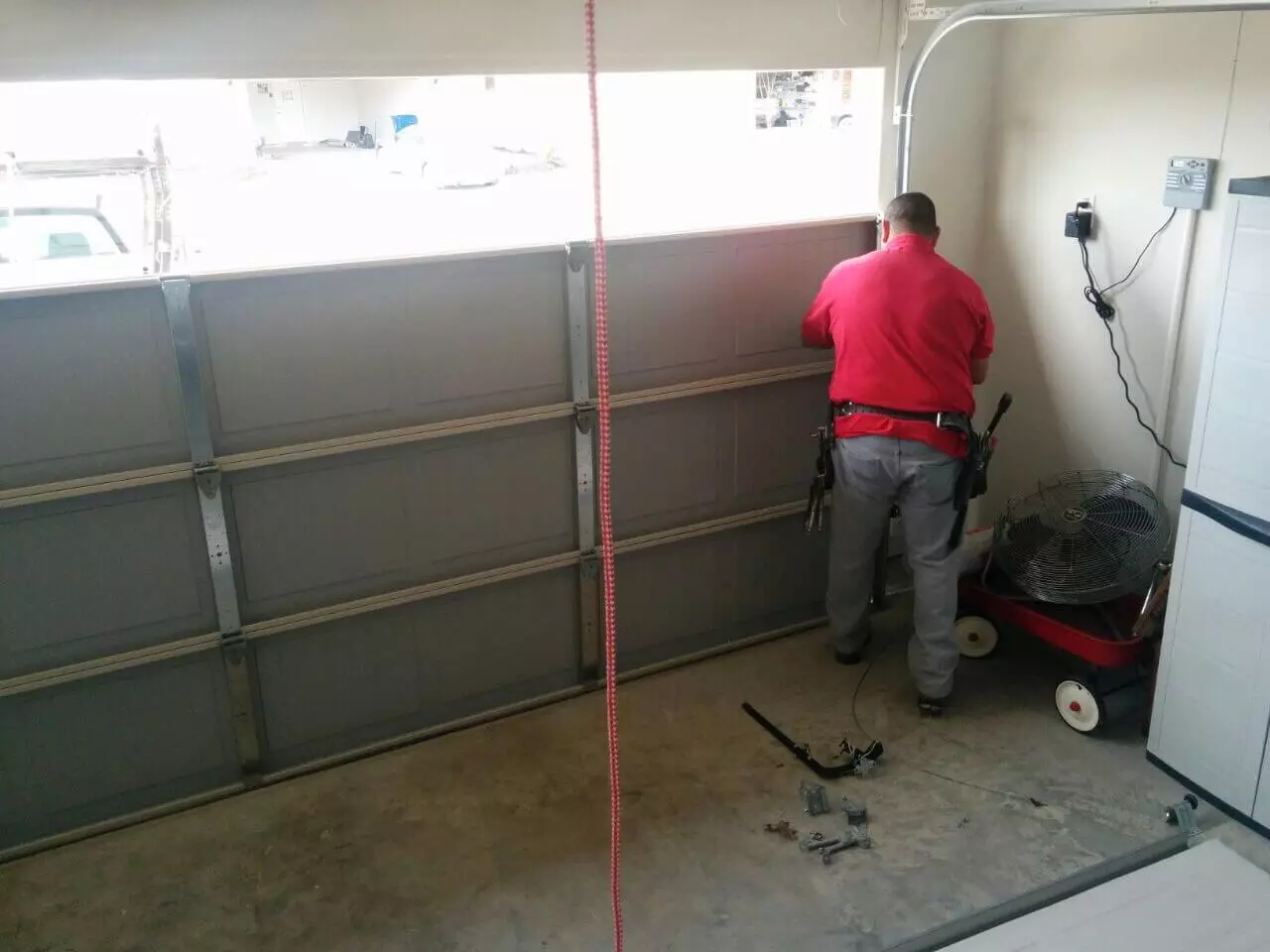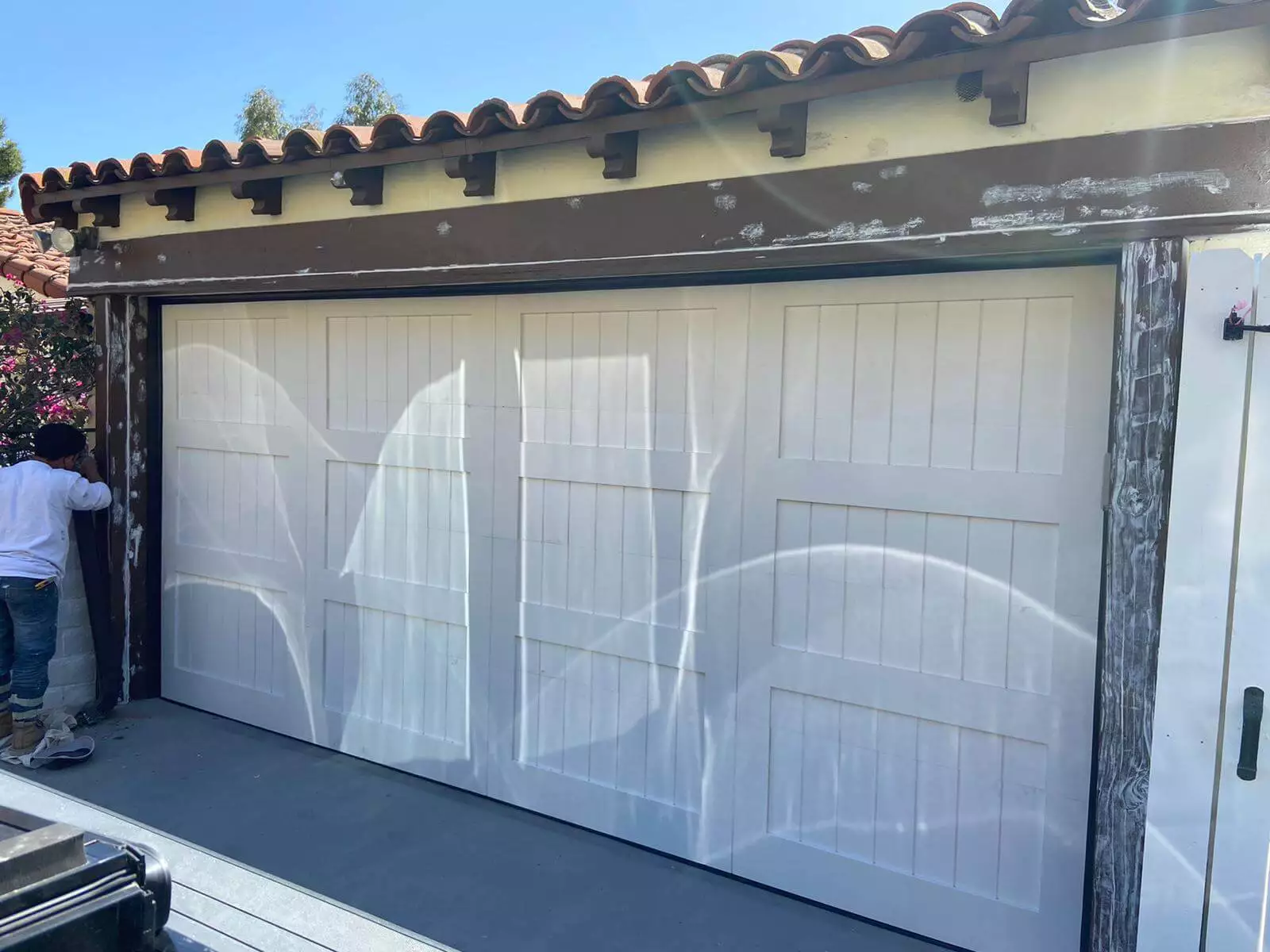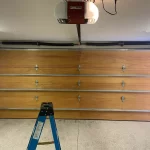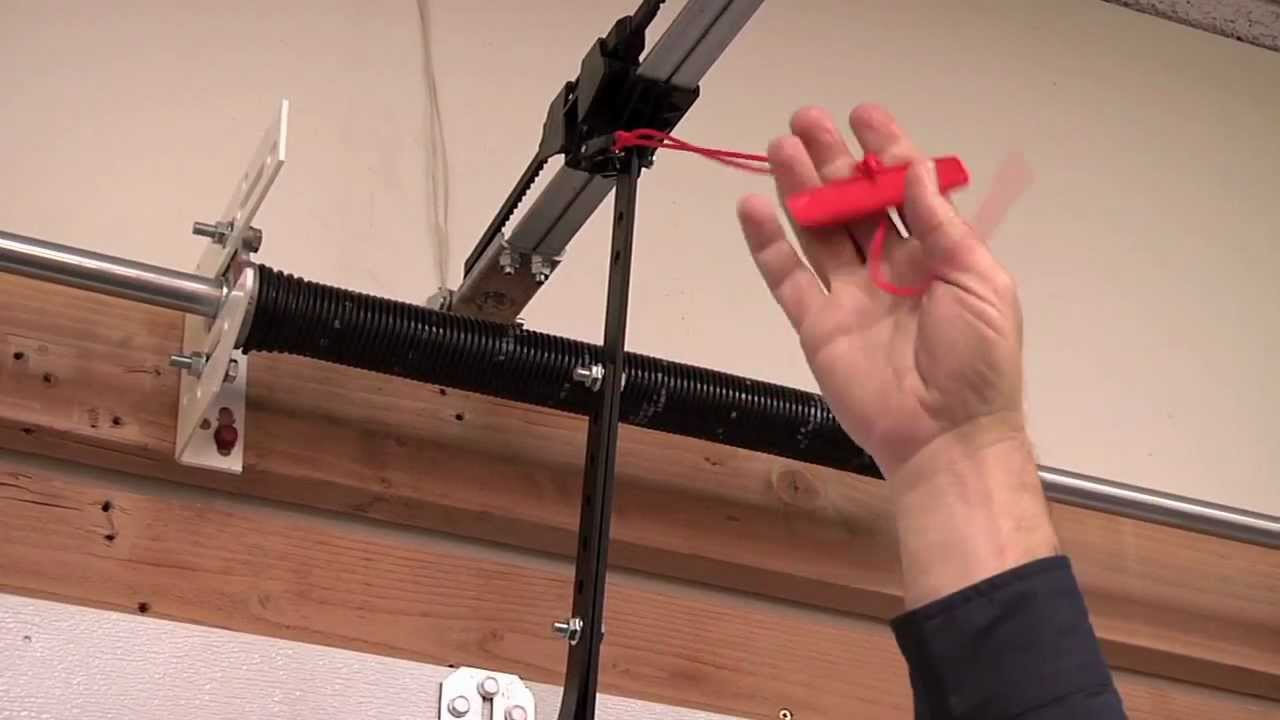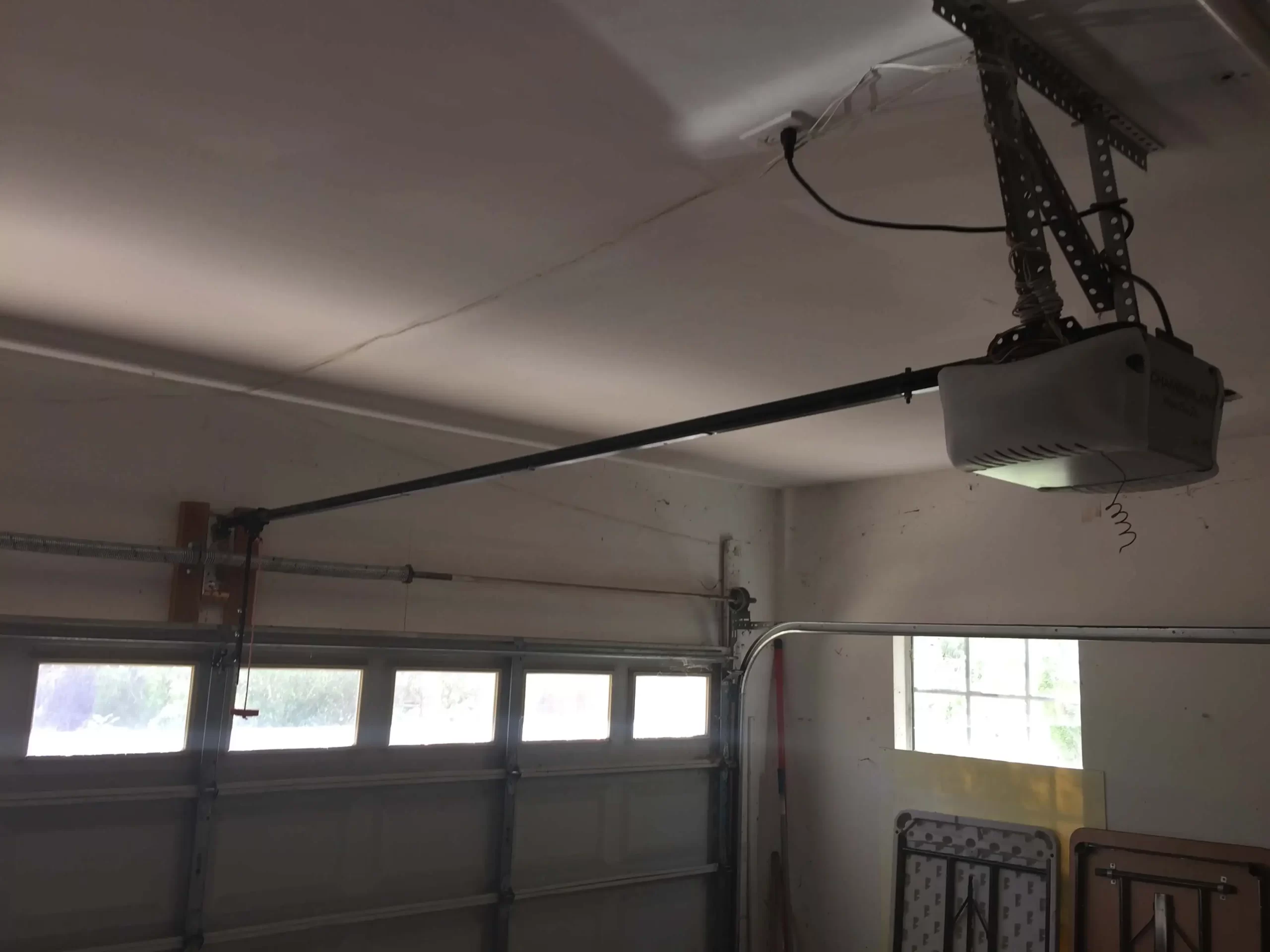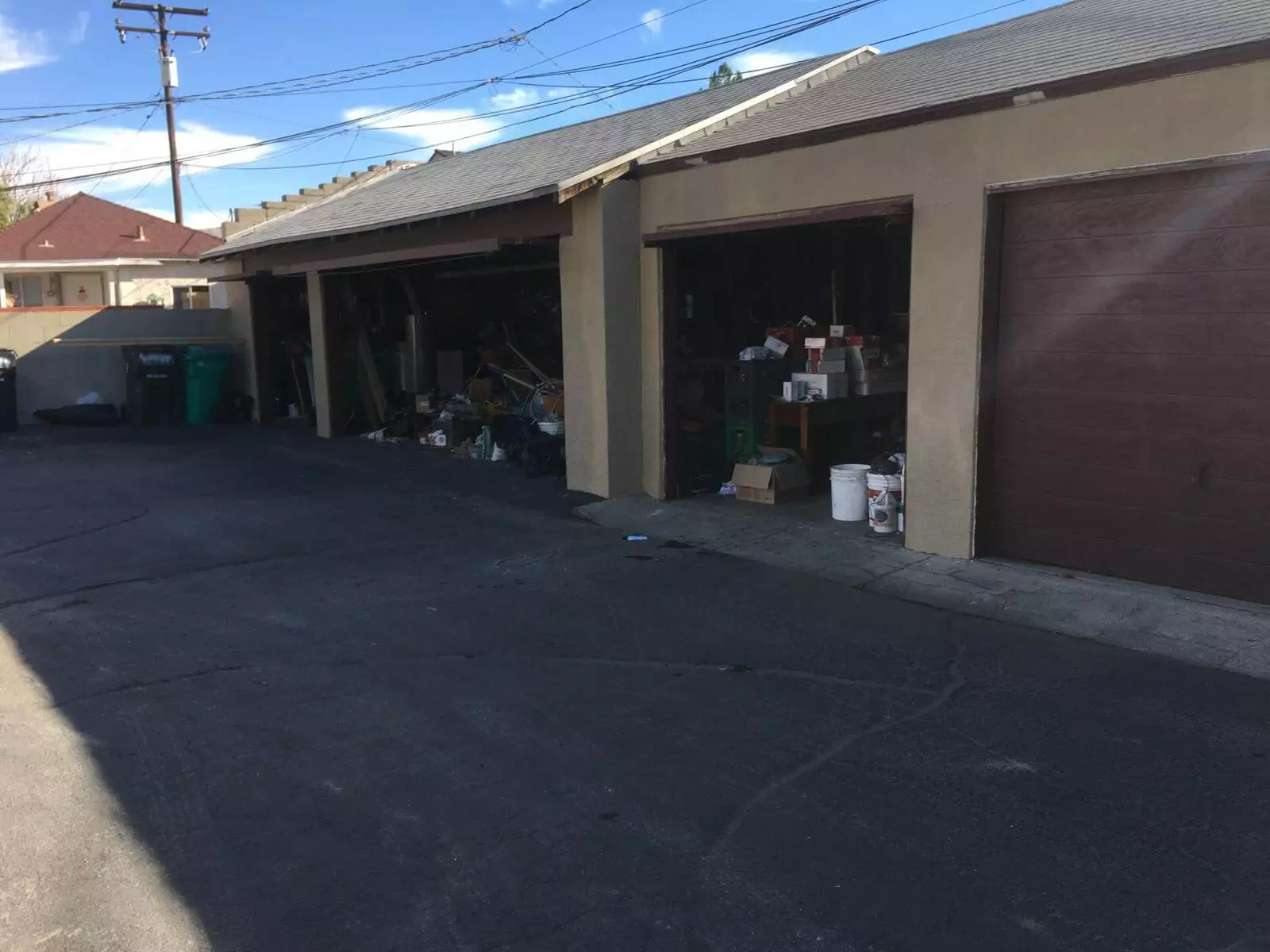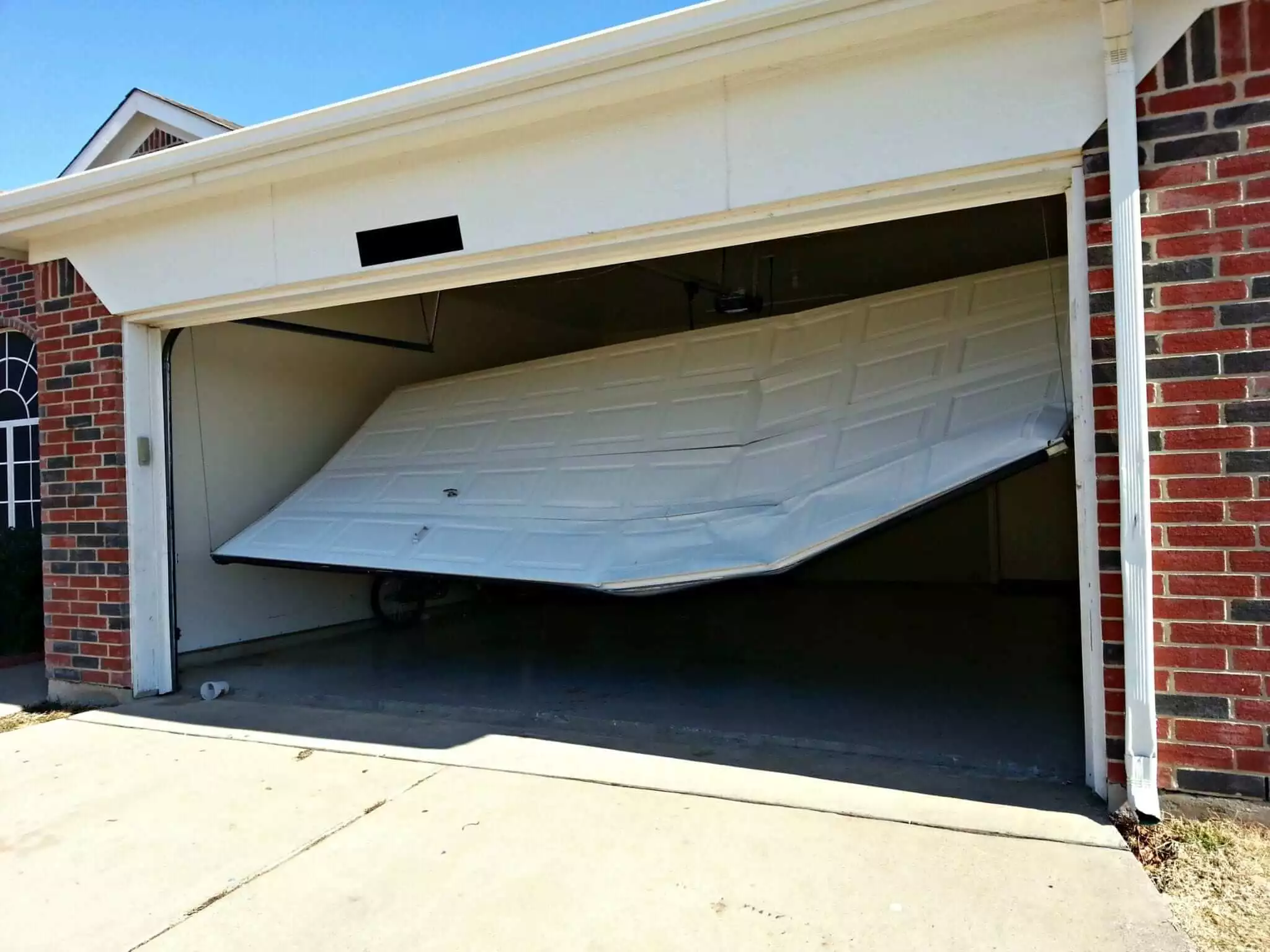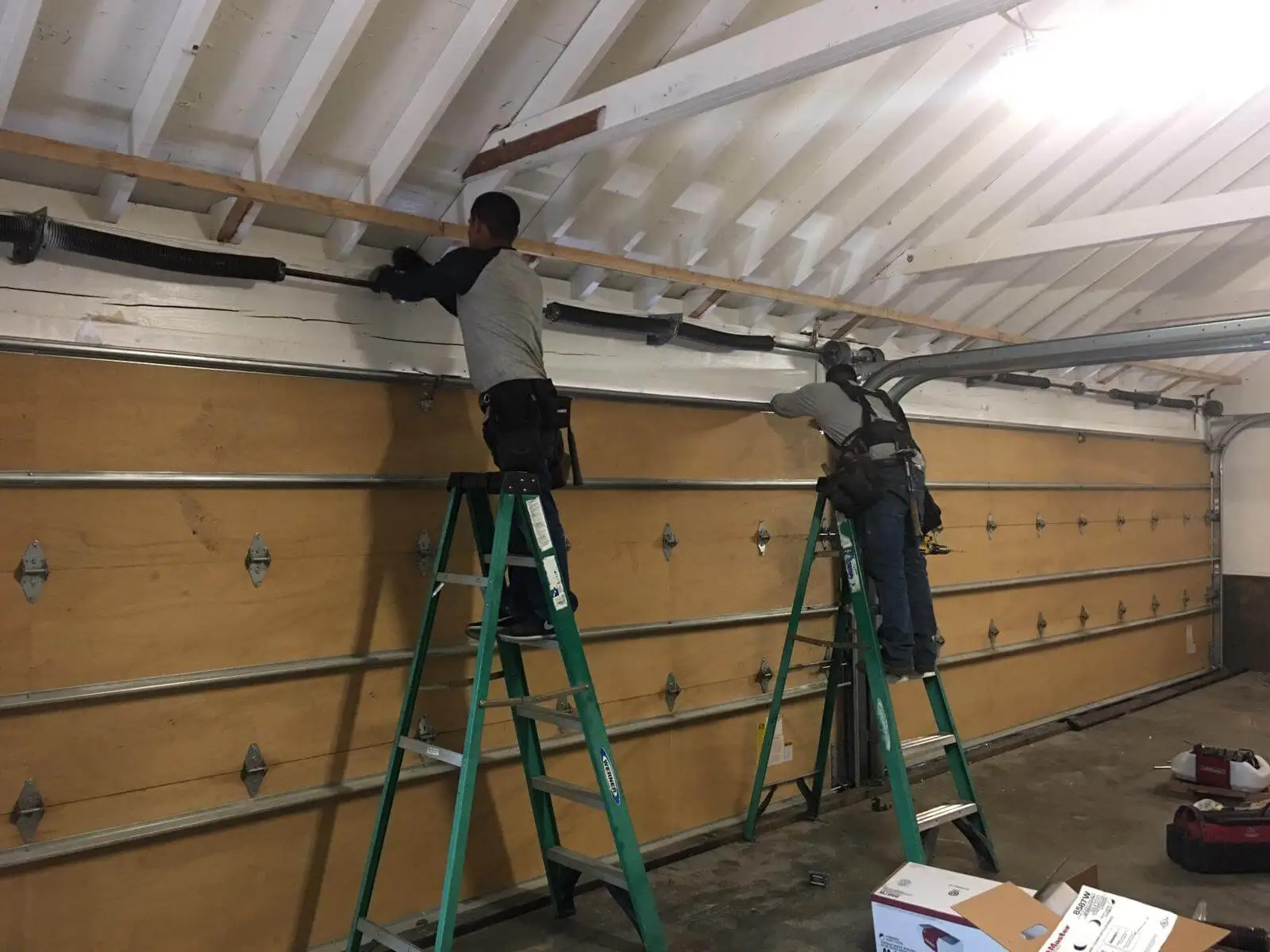A malfunctioning garage door can be a major inconvenience, but before calling a professional, there are several troubleshooting steps you can take to identify and resolve common issues. This step-by-step repair guide will walk you through the process of troubleshooting garage door problems, enabling you to potentially fix the problem yourself and save time and money.
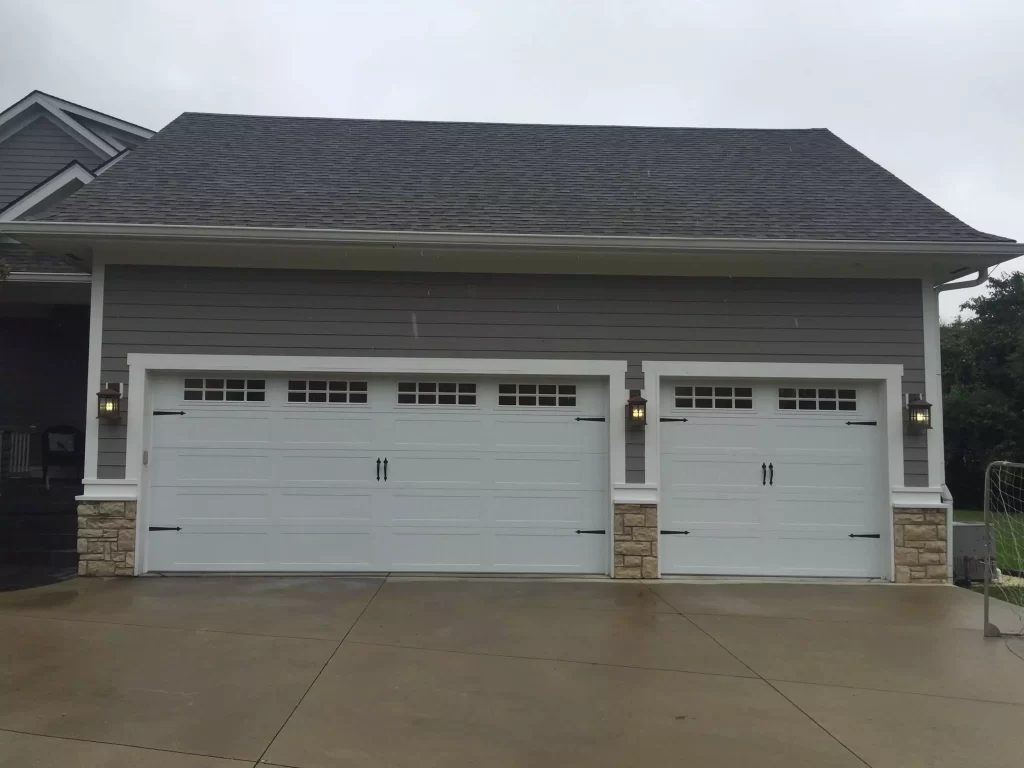
Content
Step 1: Visual Inspection
The first step in troubleshooting any garage door problem is a thorough visual inspection. Look for obvious signs of damage, such as dents, misalignment, or frayed cables. Ensure that nothing is blocking the door’s path and check the sensors to make sure they are clean and aligned properly.
Step 2: Test the Door Manually
To determine if the issue lies with the garage door opener or the door itself, disengage the opener and test the door manually. If the door moves smoothly along the tracks without resistance, the problem likely lies with the opener, not the door.
Step 3: Check the Garage Door Opener
Inspect the garage door opener for any visible damage or loose connections. Listen for unusual noises when operating the opener, as this could indicate an underlying problem. If the opener’s lights are not functioning correctly, it may be an electrical issue that requires further investigation.
Step 4: Test the Safety Features
Garage doors are equipped with safety features like photo-eye sensors and auto-reverse mechanisms to prevent accidents. Test these safety features to ensure they are working correctly. If the door does not reverse when an object is placed in its path, the sensors may need adjustment or replacement.
Step 5: Lubricate Moving Parts
Lack of proper lubrication can cause the garage door to operate less efficiently and lead to premature wear. Lubricate all moving parts, including rollers, hinges, and tracks, with a silicone-based lubricant to keep the door running smoothly.
Step 6: Check the Springs
Garage door springs are under high tension and can be dangerous to handle. If you suspect a spring issue, it’s best to leave the inspection and repair to a professional garage door repair technician. Signs of a broken or worn spring include a door that appears unbalanced or is difficult to lift manually.
Step 7: Test the Remote Control
If the garage door doesn’t respond to the remote control, check the batteries and replace them if necessary. If the problem persists, reprogram the remote and test it again.
Step 8: Call a Professional
If you have gone through all the troubleshooting steps and the garage door problem persists, it’s time to call a professional garage door repair service. Experienced technicians have the expertise and tools to diagnose and fix complex issues safely and efficiently.
Tools You Might Need Down the Road:
- Screwdriver and wrench set for adjustments and tightening.
- Silicone-based lubricant for smooth operation.
- Cleaning materials for sensor maintenance.
- Replacement batteries for the remote control.
- Toolbox for minor adjustments and repairs.
Conclusion
Troubleshooting garage door problems can be a straightforward process with this step-by-step repair guide. By conducting visual inspections, testing safety features, and performing basic maintenance, you can potentially resolve common issues and avoid unnecessary repair costs. However, for more complex problems or if you’re uncertain about handling certain components, it’s always best to seek the assistance of a professional garage door repair service. Remember to prioritize safety and regular maintenance to keep your garage door operating smoothly for years to come.
FAQs
Can I repair my garage door myself?
While some minor issues can be resolved with DIY troubleshooting, it’s essential to prioritize safety. For more complex problems, especially those involving springs or electrical components, it is best to rely on professional garage door repair services to avoid accidents and ensure proper repairs.
How often should I perform garage door maintenance?
Regular maintenance is crucial to keep your garage door in optimal condition. Perform visual inspections monthly, lubricate moving parts every six months, and schedule professional maintenance at least once a year.
Social Links: Gotartwork, 500px, Soundcloud, Flickr, Producthunt, Durovis, Lkpo2003, Original.Misterpoll, Community.She, Trackin, Mymoleskine.Moleskine, Umidigi, Medium

Gary is a home improvement blogger who strives to improve his life and the lives of others. He provides homeowners with helpful tips on how to renovate their homes. His goal is not only to provide easy-to-follow instructions, but also share his own personal experiences for those seeking guidance.

